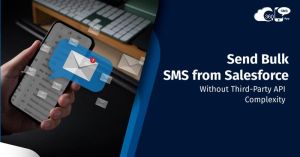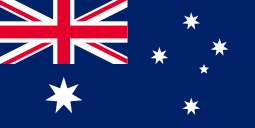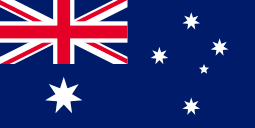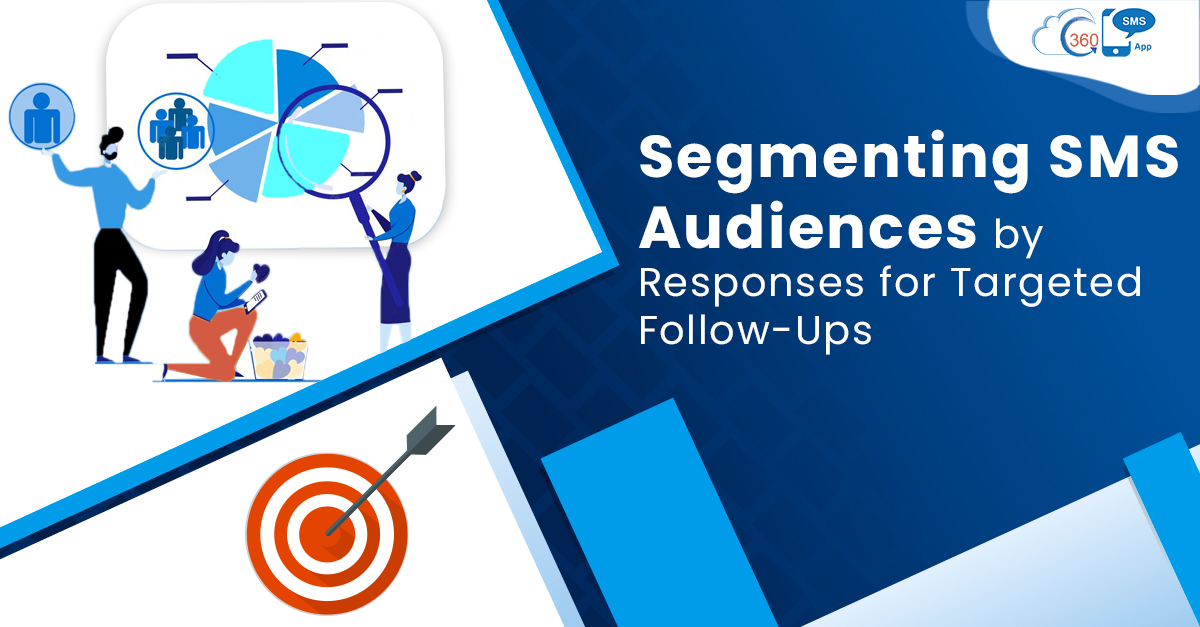One size doesn’t fits all as every customer is different. Each customer has unique tastes, preferences, location, choice of interaction channel, etc. So, it becomes crucial to segment similar customers based on their interests for a personalized customer journey and experience. Segmenting is dividing a large group of audiences into smaller ones based on concrete data for better targeting. By segmenting audiences, sales teams cut down their audiences and follow up with leads that are worth the appointment, calls, and follow-up.
Table of Contents
Why Audience Segmentation is Important
Segmentation is important for the sales team to orchestrate their sales effort by profiling customers better as they have more information on them.
Further, they can decide their audience assignment to the right sales team or sales head. Besides, the sales team can decide which potential clients they need to call, who needs more effort, and who is worth following up with.
This helps the sales team to invest time and effort in real revenue opportunities.
How Sales Team can Segment Audiences
Segment Audiences to Create Lists and Add Audiences to Drips
Out of several ways to improve marketing returns, audience segmentation is also worth considering. The sales team collects various types of data at different stages, using which they update custom field values.
Using the collected data, they can create a list of potential customers depending on their personality, habits, pain points, demographic, gender, age, etc. There can be infinite parameters on which you can segment your customers. But before that, you need to consider your niche to choose the parameters.
Once you create audience lists, you can add them to SMS drips on the Salesforce objects to nurture them.
One-on-one Conversation for Collecting Data
Sales professionals can get into one-on-one conversations and ask different questions based on custom field values, sales history, pain points, and things customers are interested in to collect essential data.
Later, sales teams can segment customers based on collected data and hand over leads to the right teams with adequate subject matter expertise to close the deal.
Chatbots for Customer Profiling
To segment audiences right from their first text, you can count on Chatbots. You can configure chatbots with different questions for customer profiling and segmentation. Also, you can do the same for qualifying inquiries.
Later, you can segment audiences and assign them to the right teams with appropriate talent and knowledge. This way, the sales team can carry out the sales process and convert leads using their own strategy to convert a particular type of lead depending on what customers need.
Segment Audiences based on Responses
A well-designed texting app is created considering the business pain points. So, with an advanced texting app, teams can filter responses with keyword filters and segment audiences with a particular response.
Else, segmenting customers based on replies could be a time-consuming process for sales teams as they have to check each text manually to send the next SMS.
Redirect Audiences to the Best-Suited Teams for more Conversion
Audience segmentation based on campaign responses helps the sales team understand which lead is worth their time and effort. Also, they can find out who is worth the appointment and call for further interaction.
Segmenting audiences by response helps organizations redirect audiences to the teams with the appropriate skill set for further follow-ups. This way, only the teams who have subject matter expertise will work on the specific segment of audiences. This will help teams convert audiences using tailored sales pitches and approaches.
To know more about how you can collect data at scale with minimum effort for audience segmentation, turn to us at care@360smsapp.com or contact us here.
Recent Blogs

AI-Powered Presales Document Parsing for Faster and Smarter Sales
Listen to this article Imagine a sales opportunity is waiting at the door, but still, an uphill task is waiting…

Send Bulk SMS from Salesforce Without Third-Party API Complexity
Listen to this article Email inboxes are overcrowded. Push notifications are ignored. Social algorithms limit reach. SMS still cuts through…

AI Parsing on LinkedIn for New Opportunities and More Sales
Listen to this article Let’s face it: LinkedIn is a goldmine, but searching for leads there often feels like trying…









